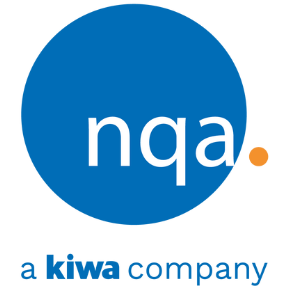Price of a Life
Louis Wustemann presents Bridget Leathley’s analysis of the ways to estimate the value of preventing a single fatality.
Plenty of articles have considered the business case for reducing accidents in time saved, production maintained, legal costs and reputational damage avoided. But the element that is so much more difficult to value is a human life.
A discussion on the LinkedIn site about the value of a life made several health and safety professionals uneasy. Typical comments included: “one life lost is one life too many”; “you should NEVER put a value on life”; and “there is no monetary value that can be placed on a single life.”
But every organisation, whether it’s a small window cleaning company or a government, has a finite amount of money that can be spent on reducing risk, and this should be spent to the greatest effect.
Life costs
Academics and policymakers who help decide the best way to direct public funds use the term “value of a prevented fatality” (VPF) for a sum of money that could be sacrificed to prevent one death.
Human capital approaches to VPF consider a person in the same way that a business might consider a piece of equipment or a building; in the same way, perhaps, as slave owners regarded their slaves. How much will it cost to recruit and train a new member of staff? An organisation may add to this expense the likely fines or compensation payments that would result from a fatality.
The human capital approach was at the heart of the 1950s UK government figure for the VPF for road deaths. It was based on the estimated direct costs of physical damage, medical and administrative costs and net lost output, measured as their gross income over the remainder of their working life, minus the savings to society if they no longer consume the planet’s resources. No value was assigned to pain and suffering. The VPF was just £2000, equivalent to around £50,000 today.
The will to pay
Over the following decades, as well as increases in line with economic growth, figures were adjusted to give more weight to pain and suffering, but there was pressure on the then Department of Transport to consider more carefully what people were prepared to pay to improve safety, and so it adopted the “willingness to pay” (WTP) approach.
WTP methods do not look at how much someone says they would pay to save a single life, but looks at their willingness to pay for small improvements in safety, and aggregates these into a single VPF.
A WTP-based VPF – currently around £1.6 million - has been used by UK government departments since the 1980s to inform transport spending decisions. It has also been adopted by the Rail Safety Standards Board (RSSB), by the environment ministry DEFRA when looking at air pollution, and by the HSE as its baseline for assessing what constitutes reducing risk as low as is reasonably practicable — see the HSE’s paper explaining its decision making process, Reducing Risks, Protecting People (known as R2P2).
A Deloitte report to the National Audit Office in 2009 sums it up: “Within the context of the acknowledged limitations of the WTP methodology, the approach appears to offer the best means currently available for valuing a reduction in the risk of death or injury.”
Proof of prevention
An OHSAS 18001 health and safety management system is one of the most widely adopted methods of demonstrating WTP. With over 90,000 certified organisations in over 120 countries worldwide, OHSAS 18001 is soon to become ISO 45001 - the international standard for ‘best practice’ health and safety business management systems.
The launch of ISO 45001 will likely drive an upward trend in supply chain demand for certification against this standard, as system audits enable companies independent verification of its’ corporate efforts to avoid employee harm.
Biffa are able to prove its’ WTP through its NQA certification to OHSAS 18001. The system has helped to drive outstanding safety improvements including a 40% reduction in serious accident levels.
Download the Biffa Guide to Improving Safety KPIs.
This is an extract from a longer article, available in full at http://www.healthandsafetyatwork.com
